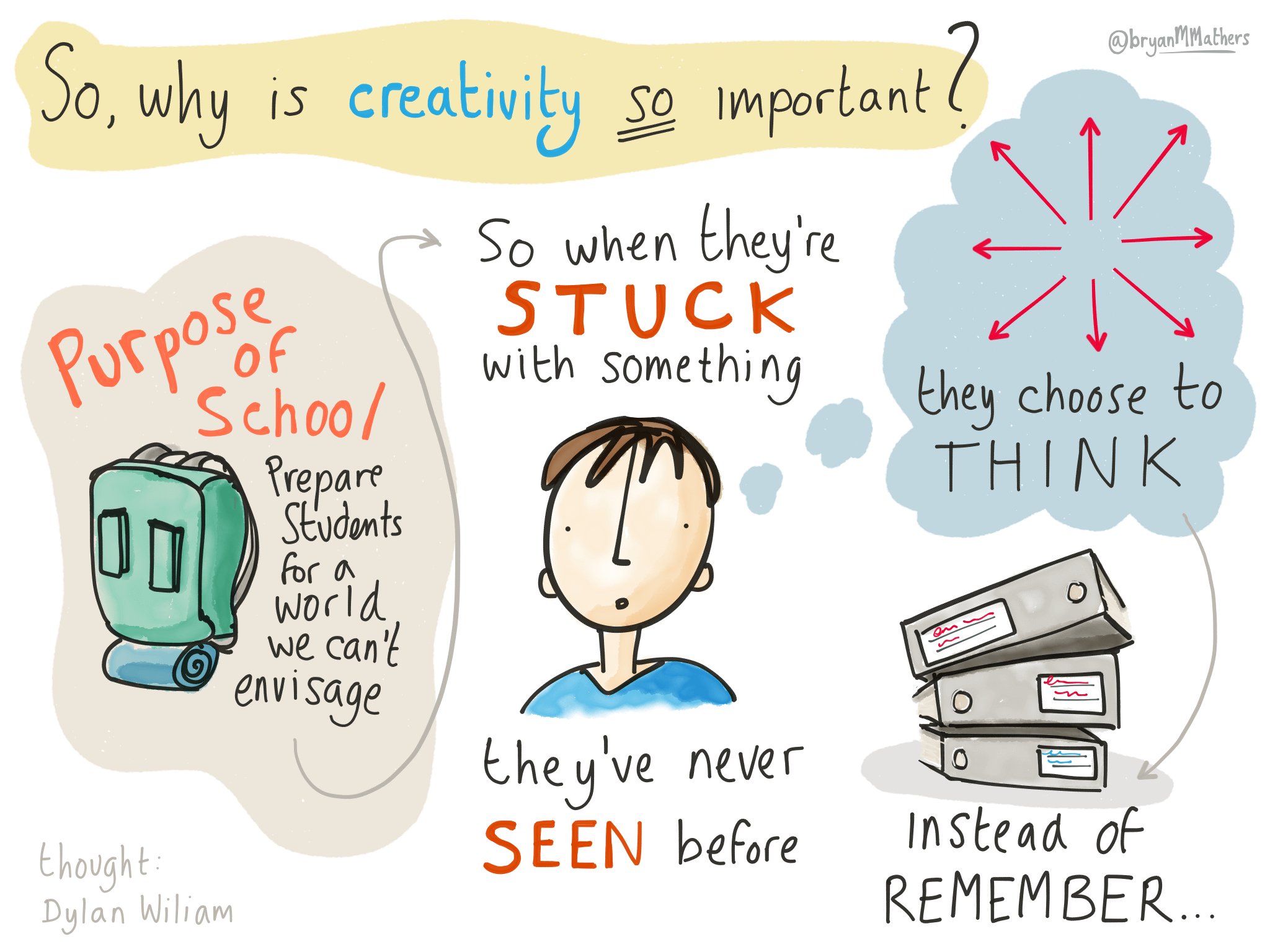
1. Creativity motivates kids to learn.
Decades of research link creativity with the intrinsic
motivation to learn. When students are focused on a
creative goal, they become more
absorbed in their
learning and more driven to acquire the skills they
need to accomplish it. As proof, education leader
Ryan Imbrialecites his young daughter,
who loves
making TikTok videos showcasing her gymnastics
skills.
“She
spends countless hours on her mat, working
over and over again to try to
get her gymnastics
moves correct so she can share her TikTok
video of
her success,” says the executive
director of innovative learning
for
Baltimore County Public Schools.
Students are most motivated to learn
when certain factors are
present: They’re able
to tie their learning to their personal
interests,
they have a sense of autonomy
and control over their task, and they
feel
competent in the work they’re
doing. Creative projects can easily
meet all three conditions.
2. Creativity lights up the brain.
Teachers who frequently assign classwork
involving creativity are to observe
higher-order cognitive skills — problem
solving, critical thinking,
making connections
between subjects — in their students.
And when
teachers combine creativity
with transformative technology use, they
see
even better outcomes.
Creative work helps students connect
new information to their prior knowledge,
says Wanda Terral, director of technology for
Lakeland School
System outside of
Memphis. That makes the learning stickier.
“Unless there’s a place to ‘stick’ the
knowledge to what they already know,
it’s hard for students to make it a part of
themselves moving forward,” she says.
“It comes down to time. There’s not
enough time to
give them the flexibility
to find out where the learning fits in
their life and in their brain.”
3. Creativity spurs emotional
development.
The creative process involves a lot of
trial and error. Productive
struggle —
a gentler term for failure — builds
resilience, teaching students to push
through difficulty to reach success.
That’s fertile
soil for emotional growth.
Creativity gives students the freedom
to explore and learn new things from
each other, Imperial adds.
As they overcome challenges and
bring
their creative ideas to fruition,
“students begin to see that they have
limitless boundaries,” he says.
“That, in turn, creates confidence.
It
helps with self-esteem and emotional
development.”
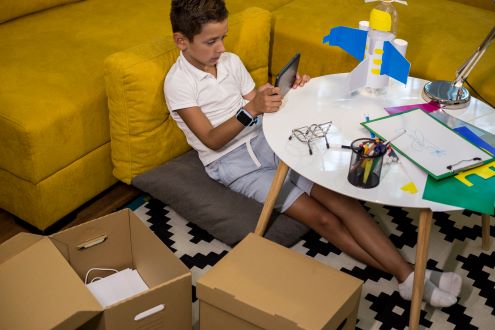
4. Creativity ignites students.
Many educators have at least one story
about a student who was struggling until
the teacher assigned a creative project.
When academically disinclined
students are permitted to unleash their
creativity or explore a topic of personal
interest, the transformation can be startling.
“Some students don’t do well on tests or
don’t do well grade-wise,but they’re
super-creative kids,” Terral says.
“It may be that the structure of school
is not good for them. But put that canvas
in front of them or give them tools so
they can sculpt, and their creativity
just oozes out of them.”
5. Creativity is skill of the
future.
Actually, it’s an essential job skil
l right now. Creative thinking is critical
for problem solving in their careers.
Creativity is the second most in-demand
job skill (after
cloud computing),
topping the list of soft skills companies
need most.
As automation continues to swallow
up routine jobs, those who rely on
soft skills like creativity will see the
most growth.
“We can’t exist without the creative thinker.
It’s the idea
generation and the opportunity to
collaborate with others that moves
work,”
Imbriale says.“It’s one thing to be able to sit
in front of computer screen and
program
something. But it’s another to have the
conversations and engage
in learning about what somebody wants
out of a program to be written in
order to
be able to deliver on that. That all comes
from a creative
mindset.”








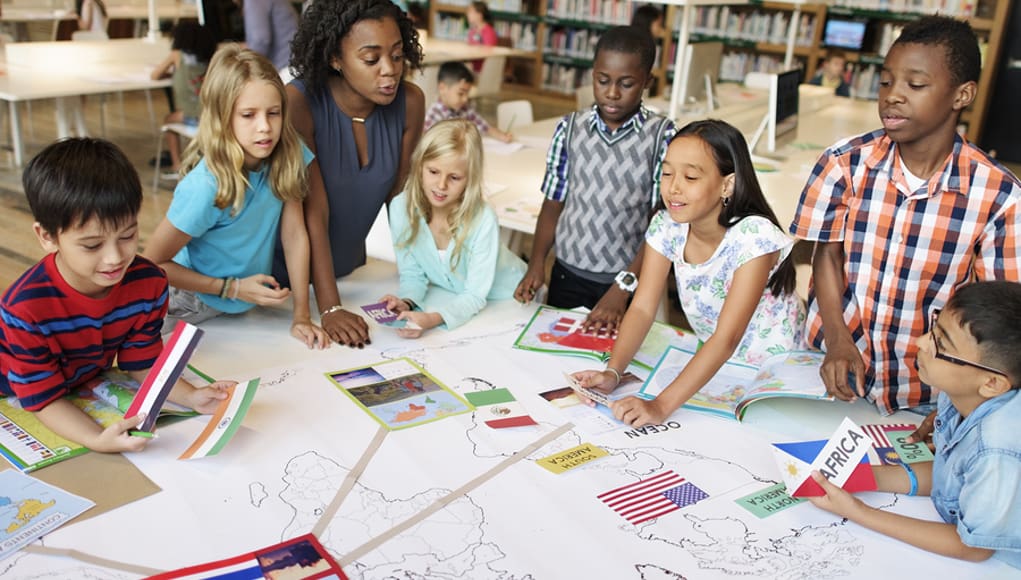
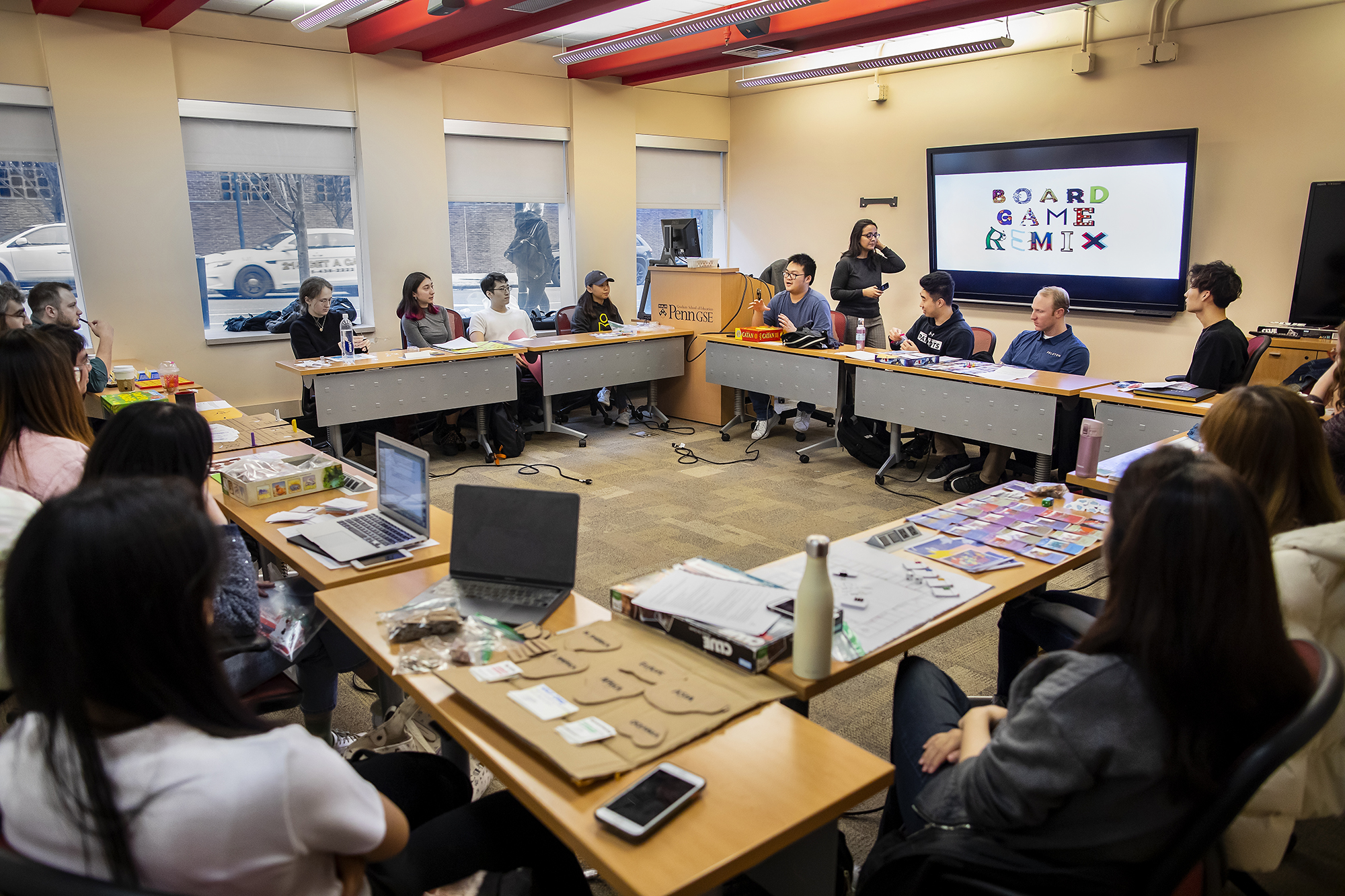

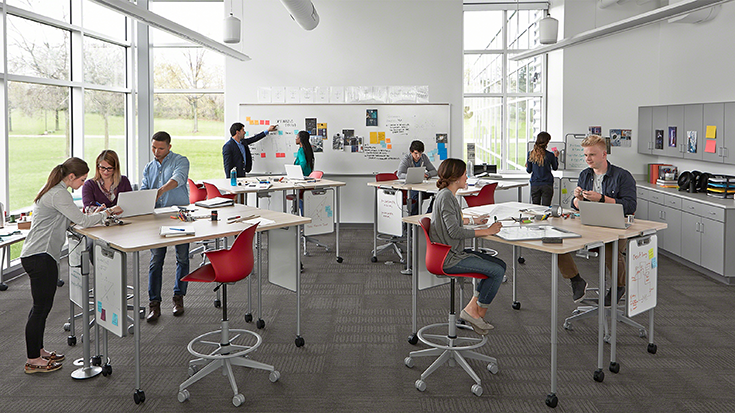
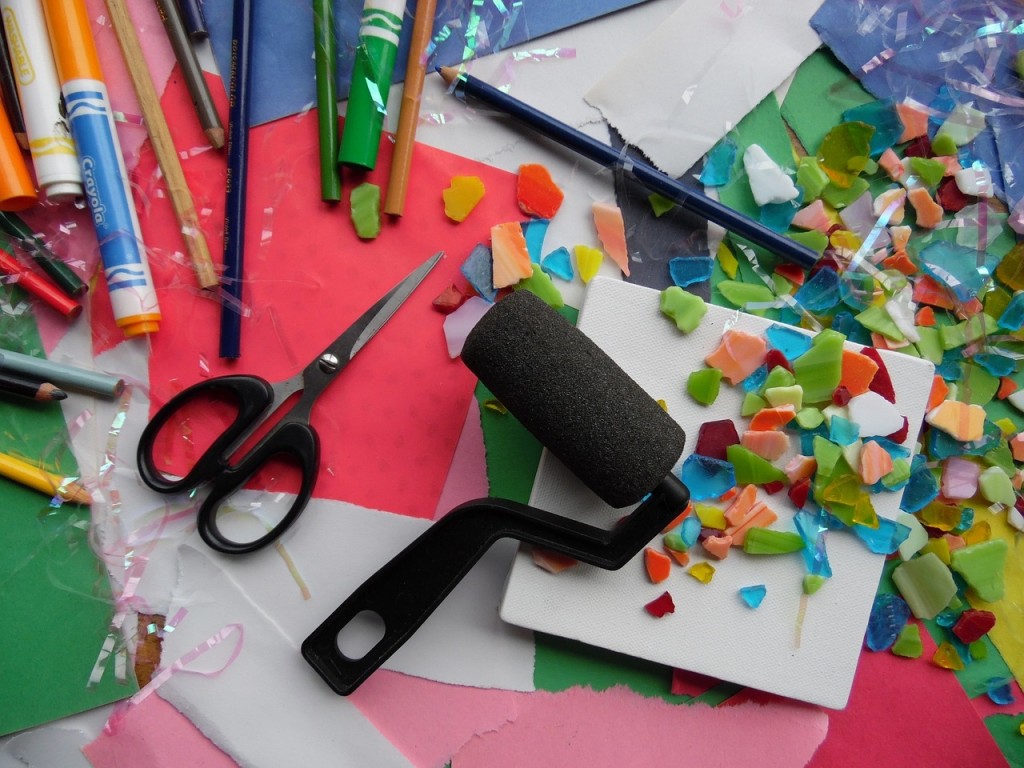

No comments:
Post a Comment